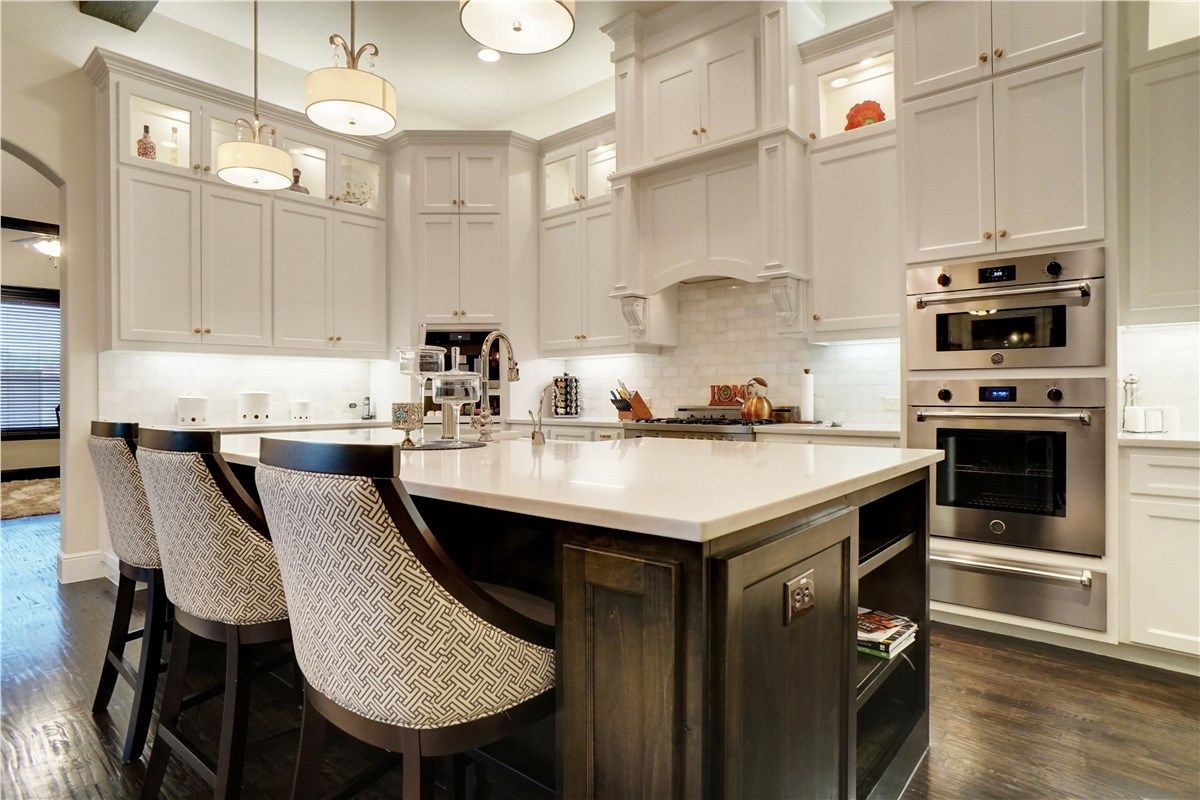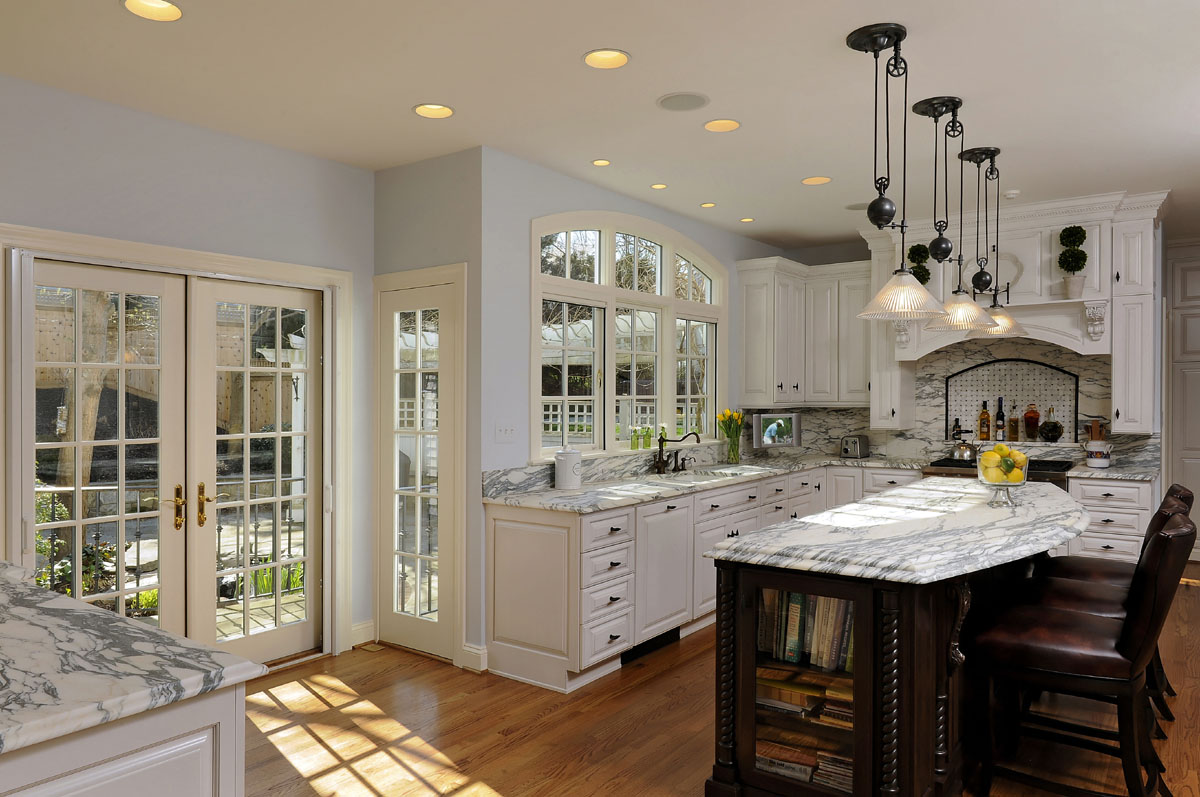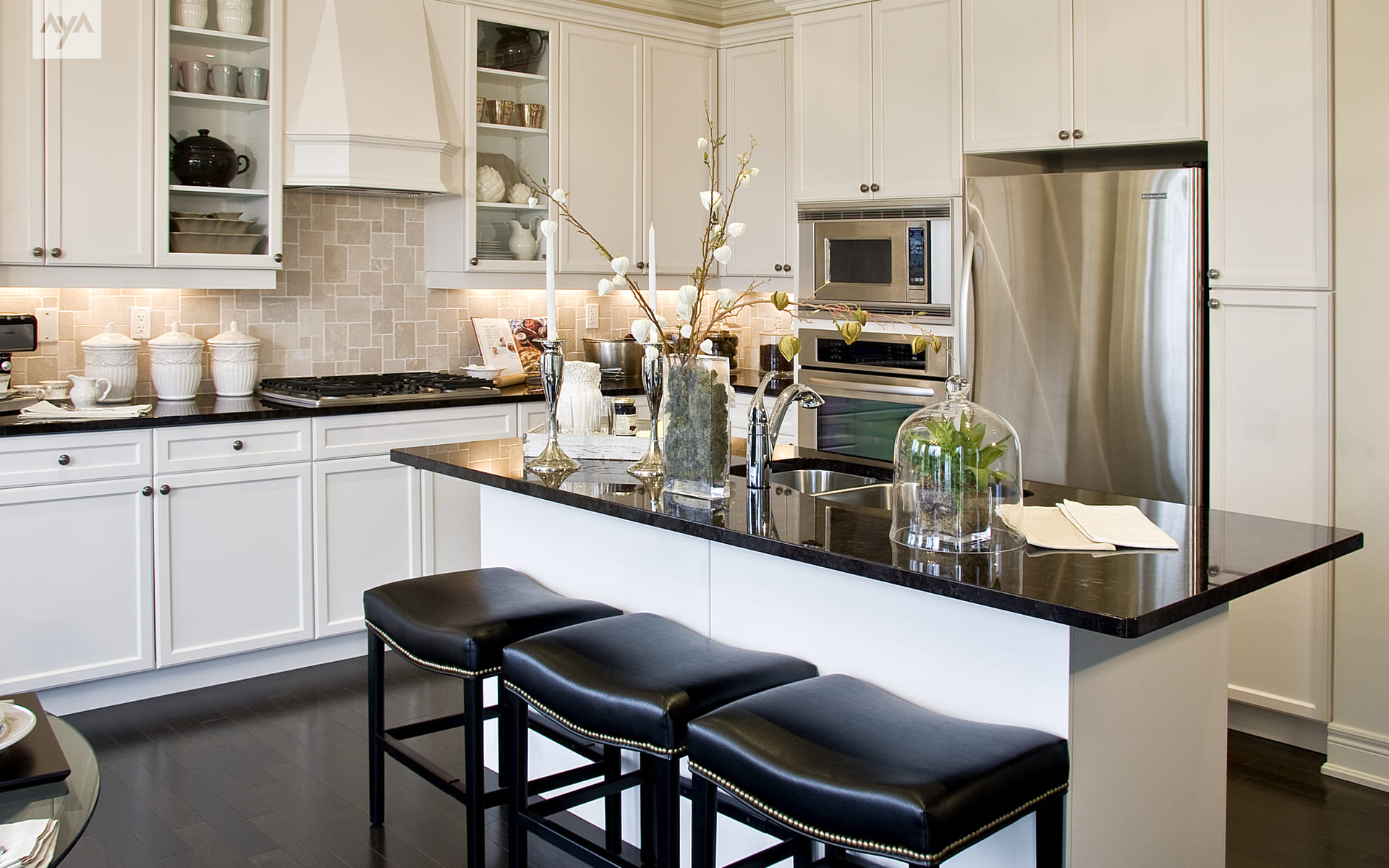Common home improvement myths
When it comes to home improvement, there is often a lot of misinformation circulating. Perhaps the biggest challenge facing homeowners is sifting through all the conflicting information and knowing what can or cannot be done.
The lack of accurate information can lead people to make poor choices regarding home improvements. Tackling some of these common myths can help you make better decisions. Here are a few of the most common myths about home improvement.

1. New carpeting will make my home more valuable
It is a common misconception that it can cost homeowners a lot of money. While new carpeting may improve the look of your home, it won’t increase its value. The value of your home is determined by the size and condition of the house and its location.
If you plan to sell your home, you may want to avoid making any significant updates. This is why it is essential to get a professional appraisal before making any big purchases is important. It is also vital to consider the resale value of your home when making any significant improvements.
2. Paint can cover up anything
Painting can cover many things, but it may not be enough to cover up some severe home problems. Painting won’t eliminate the problem if you have a structural or bad foundation. If you have a problem with your foundation, it is important to have it inspected by a professional.
Additionally, preparing your home for painting requires a lot of work. You need to remove loose paint and fill in holes with spackle. When you are ready to paint, use a quality primer that adheres well to your painting surface.
3. Remodeling is Easy and Fast
Remodeling is not always easy or fast. It is essential to take the time to plan out your project. Before you begin, you need to know what you want and how much it will cost. Once you have everything planned, start your project. This can be a very messy process, so ensure you have plenty of protection and wear proper clothing.
If you plan on doing some DIY remodeling, you should have all the tools you need. It is also important to have all the necessary supplies. This will help you stay organized and ensure you are not wasting money or time.
4. Repairing something is cheaper than replacing it
Sometimes, it may be cheaper to replace something than to repair it. For example, fixing the sink may be more affordable than replacing the whole thing if you leak under the sink. Replacing the entire thing is more expensive. You also have to consider whether you can fix it yourself or if you need to hire someone.
When considering whether or not to repair or replace something in your home, ask yourself how much time and money it will take compared to how long and how much it will take to do both. Also, remember that some repairs can cost more than they are worth when considering future expenses.
5. It Isn’t Worth the Time or Effort
Sometimes, you may not even bother to repair or replace something based on how much time and effort it will take. For example, if you have a broken light switch that you cannot easily access, it may not be worth the time and effort to fix it.
Additionally, if a window in your home has a crack, you may decide it is not worth the time and effort to fix it because it will never be gone entirely. Instead of wasting your time and energy on something that will never completely disappear, you would rather live with a cracked window. You might end up facing severe consequences if you are not careful.
6. You Save Money with DIY Projects
Home repairs can be expensive. Sometimes, you may want to avoid paying the high costs of professional home repair companies. Instead, you can fix your home repairs. For example, you can make your window screen rather than pay a professional to do it for you.
Trying to fix your home repairs can save you a lot of money. This is not always the case, however. Sometimes, you may pay more to fix something yourself than if you had called a professional. For example, if you are not very good at fixing things and you end up causing more damage than when you started, it could cost you more to repair the damage you caused.
Additionally, there is a chance that the repairs that you make could fall apart and need to be fixed again. It could cost you even more if you have to pay for the repairs to fall apart again.
7. Expensive Trends and Materials Are Attractive
There are many trends in home repair that people enjoy. For example, some people like to renovate their homes with the latest trends. There are many trends in home improvement, such as using specific materials or following certain styles.
The materials and styles that are popular now may not be popular in the future. You may be stuck with a less attractive home because it was built with a style that is no longer popular. Additionally, trends can change quickly.
It is easy for you to get drawn into these trends when you want to improve your home and make it look better than it did before. However, if you do not like the trend anymore after a while, you may want to change your entire house back to how it looked before you started improving it. This can be incredibly frustrating if you have already spent money on expensive materials and changes during your improvement project.
8. Renovations give you a good return on investment
Renovations are an investment in your home. When you make improvements to your home, you are improving its value. You can expect a good investment return by selling it at a higher price soon after making the changes.
This is not always the case. It depends on the market and the style of your home. If you are selling a house in a down economy, you may not get as much money for your home as you would if it were selling in a good economy.





